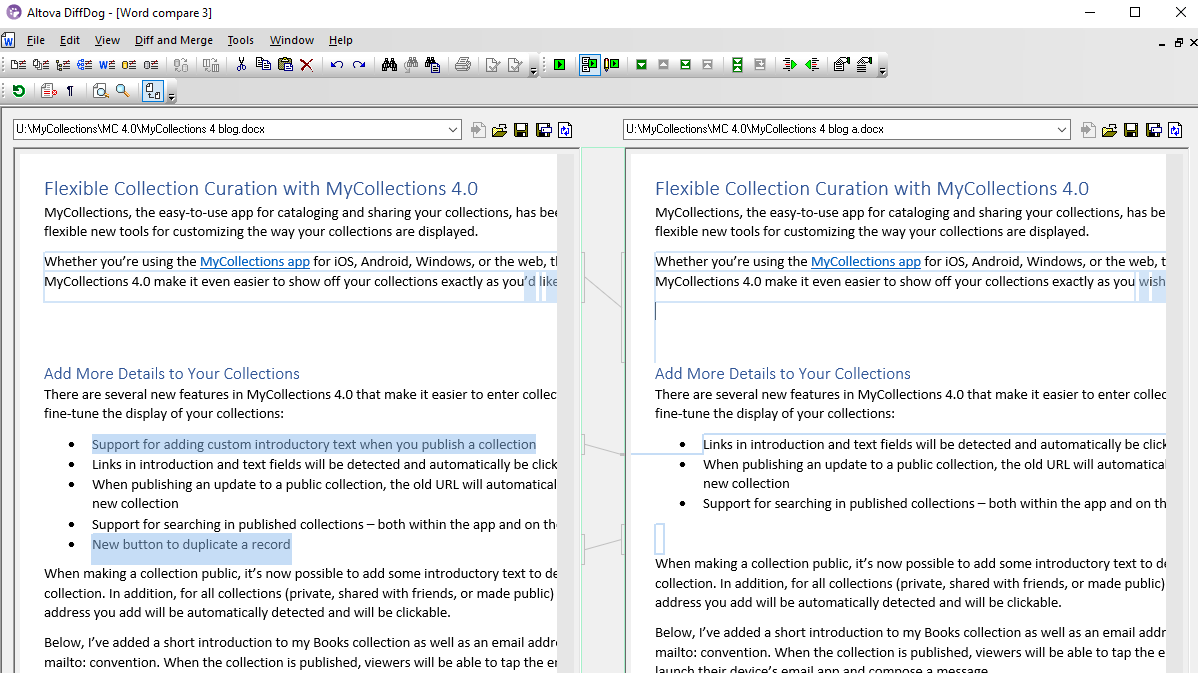Download Free As400 Tutorial For Beginners Pdf Merge
Re: Best book or tutorial for an old RPG programmer to learn SQL and Embedded SQL on Yes, I found that one the other day. I found the 9.7 version and it looks like it could cover the SQL side real well, but not anything for how it should be used embedded in RPG programs. Its like a whole new way of thinking compared to the programs of 20 years ago. Maybe the solution is to combine a good SQL book with a good RPG or iSeries development text that covers the how to implement part, if I can't find one that covers it all well? Re: Best book or tutorial for an old RPG programmer to learn SQL and Embedded SQL on There are 3 versions of DB2: DB2 for LUW (Linux, Unix, Windows), DB2 for z/OS and DB2 for i. While DB2 for LUW and DB2 for z are almost 100% identical, there might be some differences between these 2 DB2s and DB2 for i (nevertheless they are around 95% identical).
Brief Tutorial for Oracle. To download the Oracle 11g Setup files, follow this. You will be asked if you want to merge the two folders, say yes. The complete beginners guide to Adobe Photoshop. Free worksheets available in the. Online video tutorial Beginners guide to Adobe Photoshop Back to index.
DB2 for i is integrated in the operating system while all other Databases (DB2 and all others) are sitting on the top of the operating system. Rainbow Rainbow Ryu Rarlab. So some things might be easier to integrate them in a database that is included in the operating systems while other things are easiert to integrate in a database sitting on the top. BTW DB2 for LUW verison 9.7 seems to be old, AFAIK is the current version 10.5 Manuals for DB2 for i can be found in the IBM Knowledge Center. But there are no tutorials. For learning the SQL basics a book like SQL for Dummies might be enough, because the basic commands are identical. The following redbooks include chapters about the basisc of embedded SQL: Chapter7 Birgitta. Re: Best book or tutorial for an old RPG programmer to learn SQL and Embedded SQL on The book that I saw that looked best, but I don't have a copy, was SQL for DB2 2nd Edition by James Cooper & Paul Conte (Author), Katie Tipton (Editor) from 2009.
Amazon wants way too much for it, so if anyone has one they aren't using they could sell it to me. I have to read more on the above recs, maybe use the IBM one as a reference for the SQL and one of the others for the RPG side. I ordered the Martin RPG Free book because I've never worked with it, so its different to read/follow, and I'm sure more so to write. What is a 'cross join lateral'? I have never seen 'cross join' nor 'lateral' before in an SQL statement. Google didn't help much. ChrisCROSS JOIN yields a cartesian product, which represents all row combinations. Hp Compaq Dc5100 Mt Drivers Download Windows 7.

Examples TABLE_A CROSS JOIN TABLE_B: • TABLE A = 3 rows, TABLE_B = 5 rows, CROSS JOIN yields 15 rows (3 times 5) • TABLE A = 6 rows, TABLE_B = 8 rows, CROSS JOIN yields 48 rows (6 times 8) • TABLE A = 7 rows, TABLE_B = 1 rows, CROSS JOIN yields 7 rows (7 times 1) • TABLE A = 9 rows, TABLE_B = 0 rows, CROSS JOIN yields 0 rows (9 times 0) Items 3 and 4 above being the most notable imo. A CROSS JOIN to a table or sub-query containing only 1 row, is a way to simply tack additional columns onto a result set without changing the number of rows in the set. CROSS JOIN to zero rows, drops the rows from the result set.
A good example of using a CROSS JOIN is posting a batch of transactions to a double entry bookkeeping system, where rows are written in pairs (debit plus credit). INSERT INTO BOOKKEEPING (.) SELECT. From TRANSACTIONS CROSS JOIN ( values 'DEBIT', 'CREDIT' ) as SPLIT (ROW_TYPE). Each row in TRANSACTIONS will be split into two output rows, one containing ROW_TYPE = 'DEBIT', the other containing ROW_TYPE = 'CREDIT'. A LATERAL join can be used with CROSS JOIN, INNER JOIN, LEFT JOIN, RIGHT JOIN. It probably can be used with FULL OUTER JOIN as well, but I've never tried that one. A LATERAL join allows you to JOIN to a sub-query, and inside the sub-query, you can refer to columns included in the result set from table references above the LATERAL join.
Without the LATERAL keyword included in the join, a joined to sub-query cannot refer columns produced earlier in the result set. This may sound trivial, but I assure you it is not.
LATERAL joins are extremely useful. CROSS JOIN LATERAL to a sub-query, or values statement/expression that produces one row, is a simple way of tacking additional columns onto a result set without changing the number of rows in the set. This thread contains a link to a free book that you can download that will teach you most anything you're likely to want to know about CROSS JOIN and LATERAL joins: Mike.